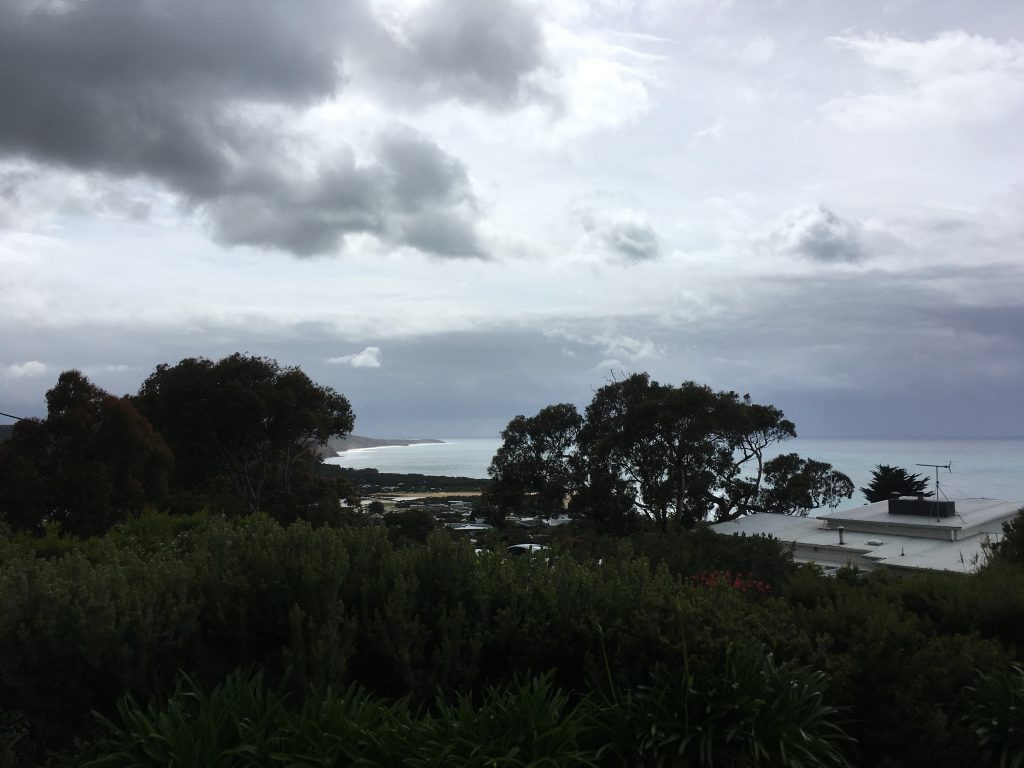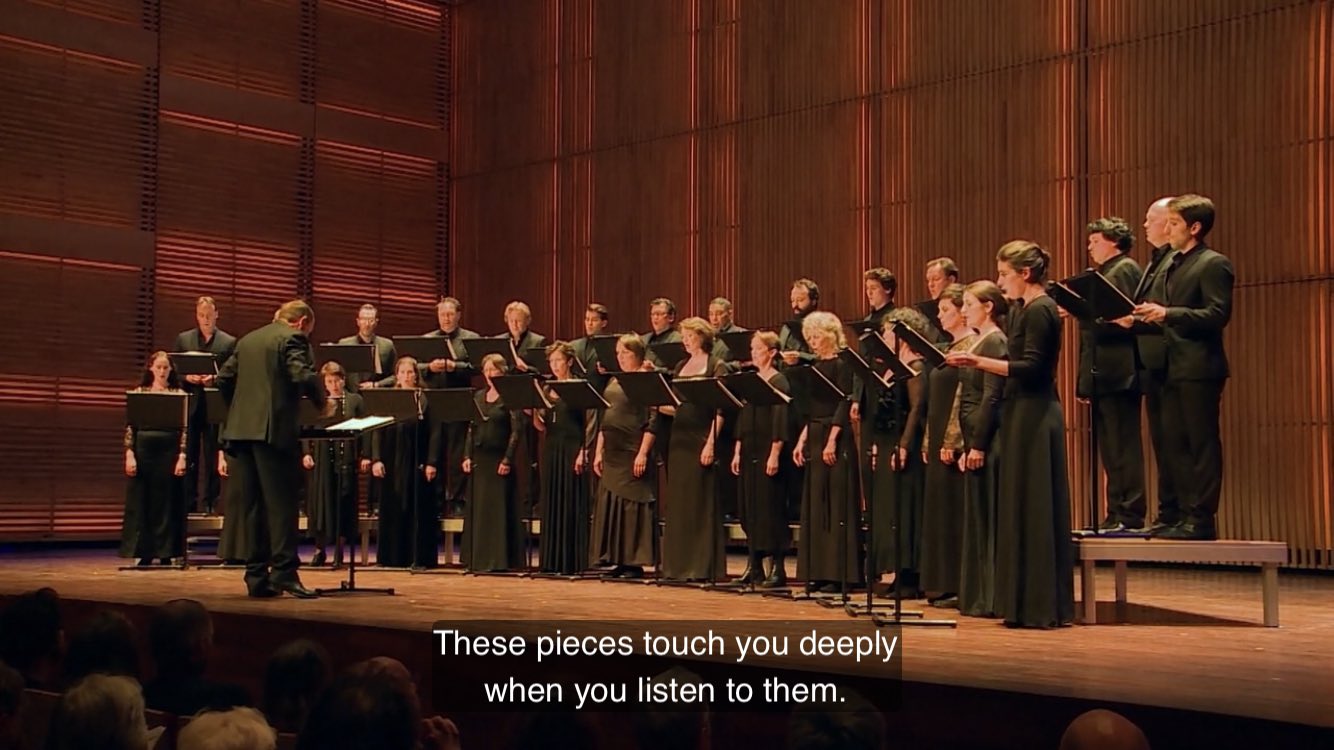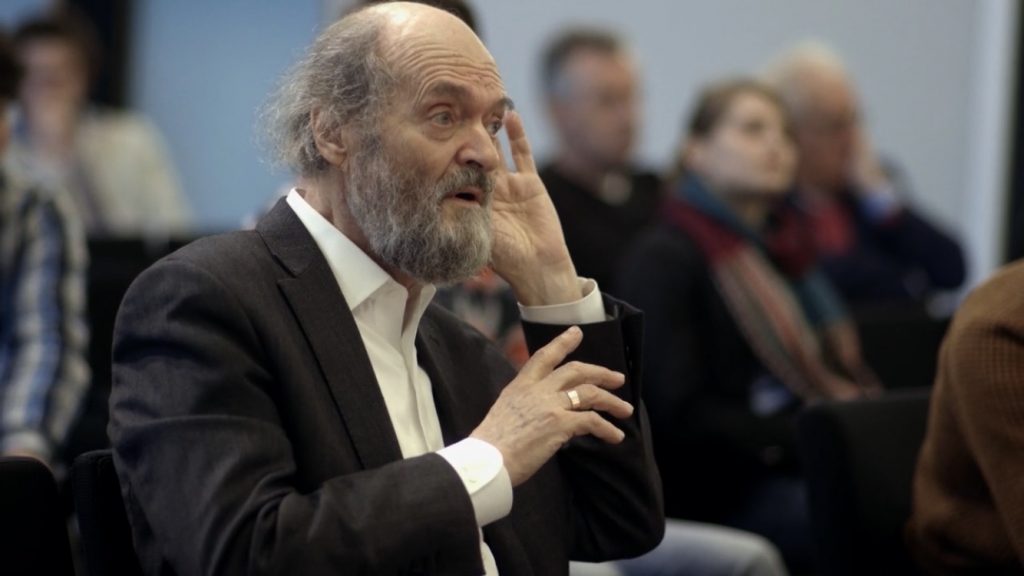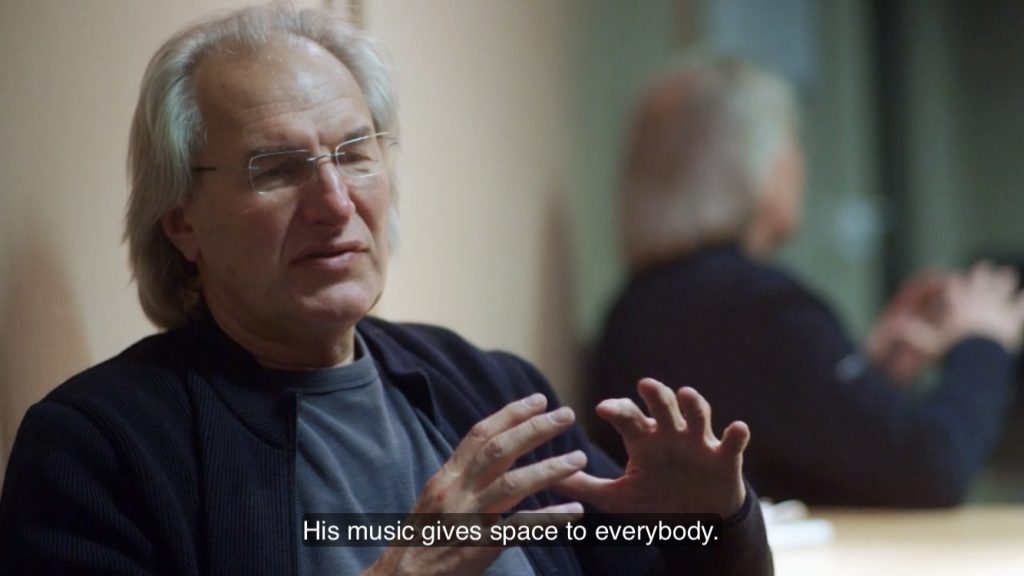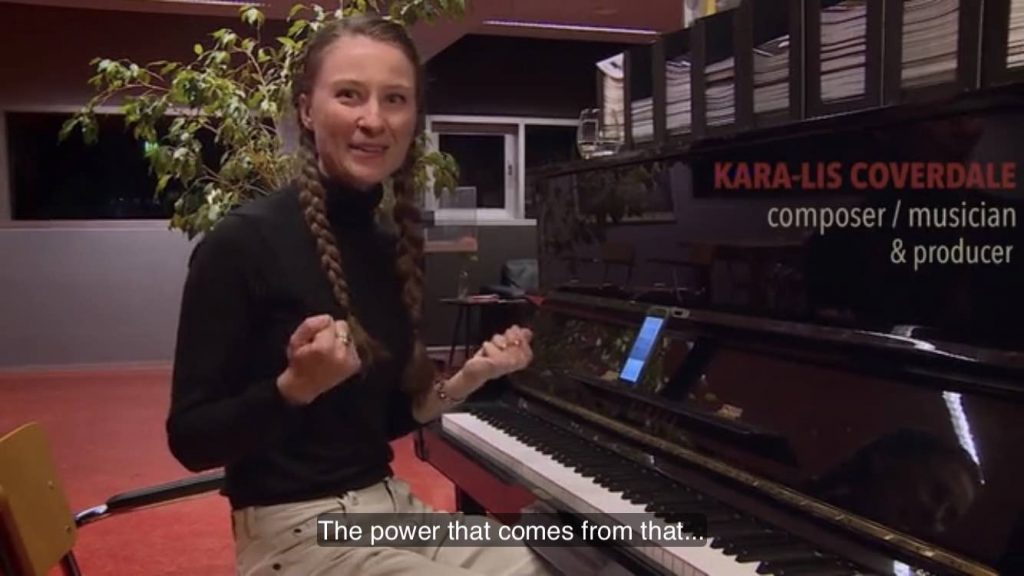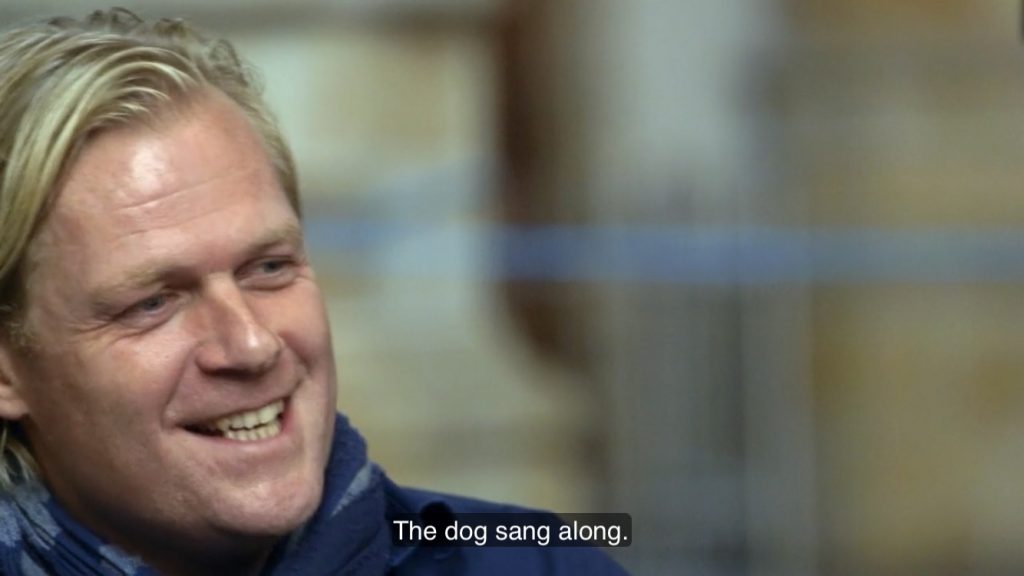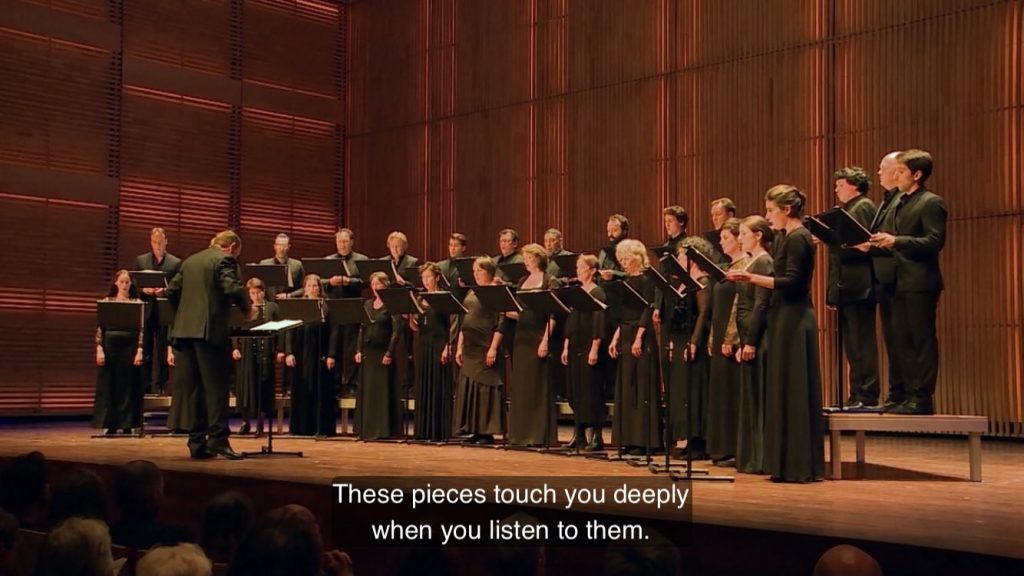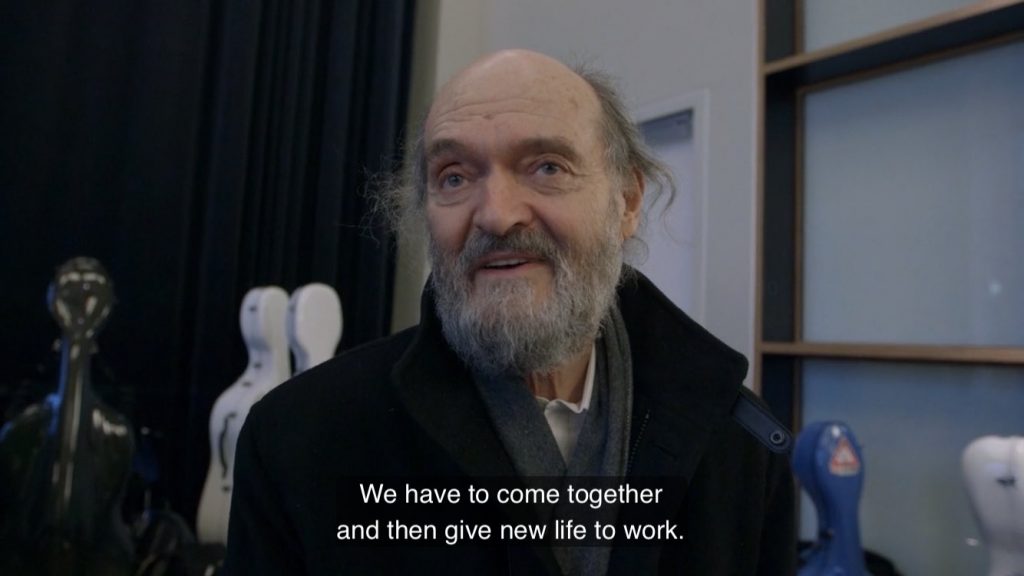How do you listen to music? The path into appreciating music is one we all travel on. I began listening more about four years ago, and since then I have thought time and again about the impact of Spotify. I can say with no hesitation that an active music-listening practice each day has enriched my life immensely.
In November 2019, I delivered a session on appreciating music to a group of twenty five people gathered by the ocean an hour south-west of Melbourne. In the session, I gave participants a chance to listen deeply to a number of pieces of music, before I played something on cello.
Please find below a playlist of my selections, along with some brief reflections on those pieces of music.
Bach – Suite number one for unaccompanied cello, as played by Yo-Yo Ma.
In his cello suites, Johann Sebastian Bach brought together musical ideas from across Europe to explore the full human experience. Perhaps this first suite has the buoyant quality of youth: the bouncing enthusiasm; the joyful time of play with friends; the sense of exploring the world with eyes open wide; the seeking after life in all its fullness. Sure, there are places of darkness in the midst of all that light. But finishing with a jig (“gigue”) we are assured that happiness is reachable both in the music and in life. Celebrations are to be had! Life bends towards delight.
Taizé – The Kingdom of God
This Taizé chant is simple and repetitive. Long enough to find words worth saying. Short enough to enter one’s very being.
Philip Glass – Piano Etude Number 15, as played by Víkingur Ólaffson
Exploring depths beneath the surface of modern life, US composer Philip Glass offers a dynamic launching point for reflecting on experience. In this Etude, he draws us in with beautiful repeat phrases which seem to move us towards a wider view. He helps me look around corners, to see what I first missed. With festive enthusiasm he is unafraid of the dark, peering inside before illuminating it. Glass finds meaning in his days, and he presents a light to us in ours.
Arvö Part: Da Pacem Domine, with the Estonian Philharmonic Chamber Choir and the Tallinn Chamber Orchestra
With a powerful sense of life as sacred, Arvö Part brings together choral and orchestral music with ease. The prolific Estonian composer loves to thread his way to spiritual and religious places within us. He does this with great hospitality, inviting the wide audience of music into his vision of grace at work in the world. Through hauntingly beautiful music, he invites everyone to a deep appreciation for all that is. This is not without its challenge, however, for the peace he offers in musical form also lays claim on how we live our lives – and that sense of challenge can leave us feeling a little off-balance before being brought back by the closing note.
Ola Gjeilo – Tundra, as sung by Tenebrae
This ethereal music threads its way into our ears with ease, even if we don’t understand the lyrics. Ola Gjeilo is a contemporary Norwegian composer who brings sacred and secular into conversation.
Clara Schumann, Scherzo number two, as played by Isata Kanneh-Mason
This piano piece lifts us to a higher place where we can consider life anew.
Antonio Vivaldi, Concerto for Two Cellos – Largo, as played by Julian and Jiaxin Lloyd Webber
Two cellos harmonising together seamlessly, in this recording the duet are in fact a married couple. My cello teacher told me that Vivaldi was a Catholic priest who would often go beside the altar in the middle of Mass to write down an urgent musical idea that just occurred to him. He soon made composing his life.
